Common Vegetables Secretly Soaking Up the Most Pesticides
In our quest for a healthier lifestyle, vegetables are often heralded as the cornerstone of a nutritious diet. However, beneath their vibrant hues and crisp textures, many of these everyday staples harbor a hidden secret: pesticide residues. While they play a crucial role in safeguarding crops from pests and diseases, pesticides can linger on produce, posing potential health risks. This article delves into 11 common vegetables that, despite their wholesome reputation, often carry the highest pesticide residues. We will explore the reasons behind this, the implications for consumers, and ways to minimize exposure while still reaping the benefits of these nutritional powerhouses.
1. Spinach: A Leafy Green with a Hidden Cost
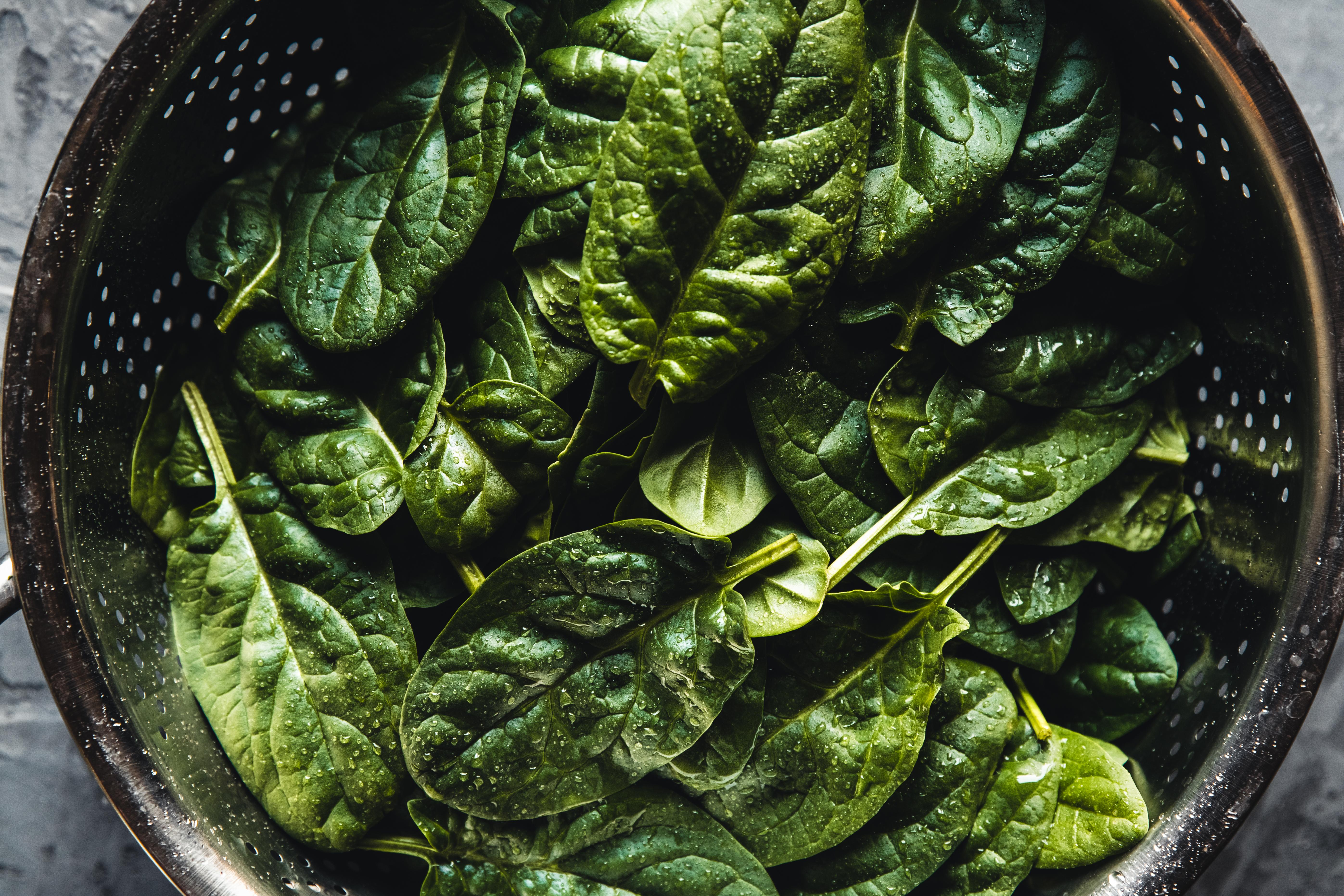
Spinach, a beloved leafy green packed with iron and vitamins, often tops the list of vegetables with high pesticide residues. Its broad leaves and rapid growth make it susceptible to pests, leading to frequent pesticide applications. Studies have shown that spinach can retain residues of multiple pesticides, including permethrin and DDT derivatives, even after washing. While its nutritional benefits are undeniable, consumers are encouraged to consider organic options or thoroughly wash and peel leaves to reduce exposure. This paradox of health and hazard underscores the importance of vigilance when selecting this popular vegetable.
2. Kale and Collard Greens: Superfoods Under Scrutiny
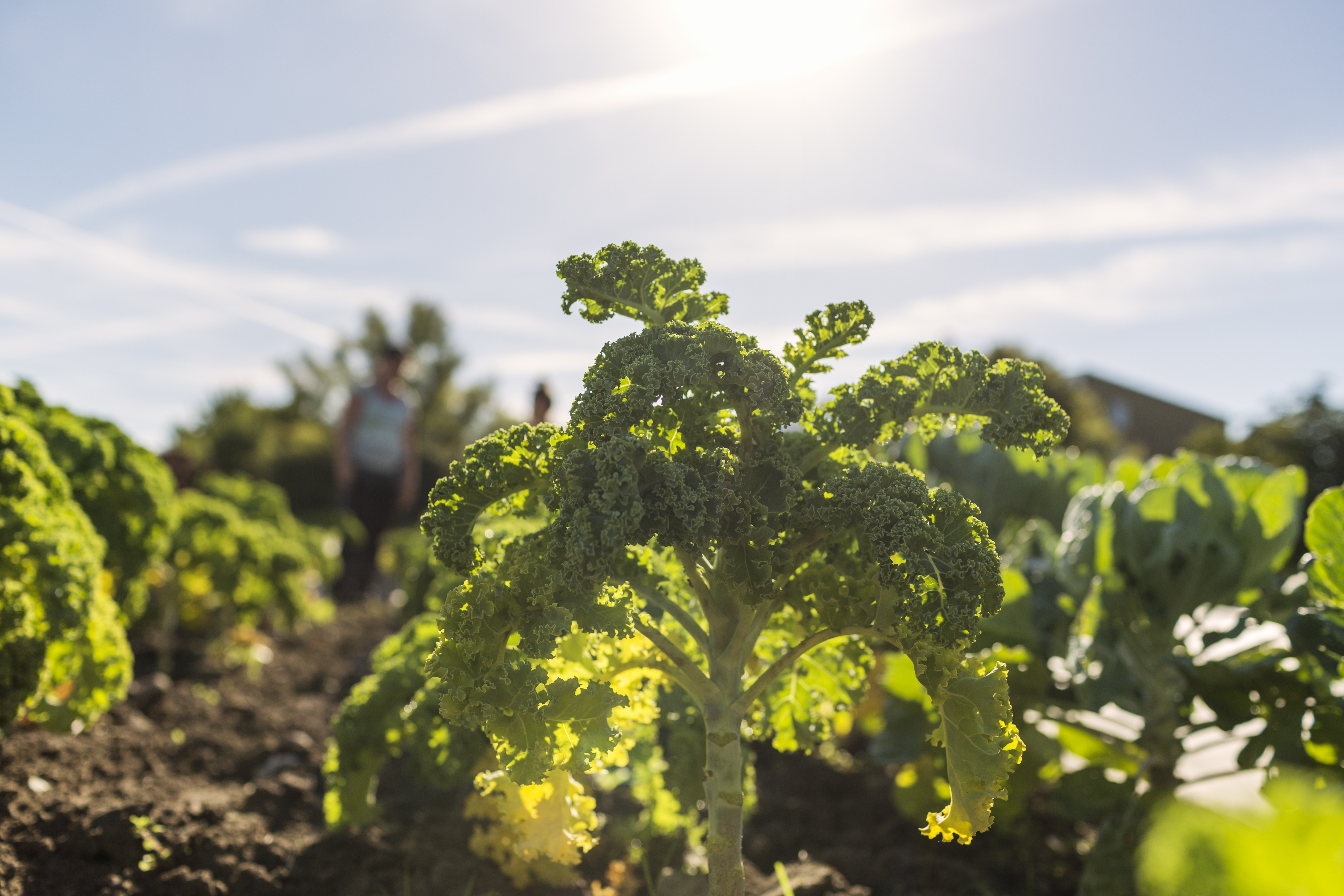
Kale and collard greens, hailed as superfoods for their dense nutrient profiles, are also notorious for pesticide residues. These cruciferous vegetables are prone to pests like aphids and caterpillars, leading to heavy pesticide use. The EWG reports that kale often contains residues of multiple pesticides, including Dacthal, which is banned in Europe due to its potential health risks. Despite this, the antioxidant properties and fiber content of these greens make them valuable dietary components. To enjoy their benefits safely, consumers can opt for organic varieties or grow their own in pesticide-free environments.
3. Bell Peppers and Hot Peppers: Colorful Culprits
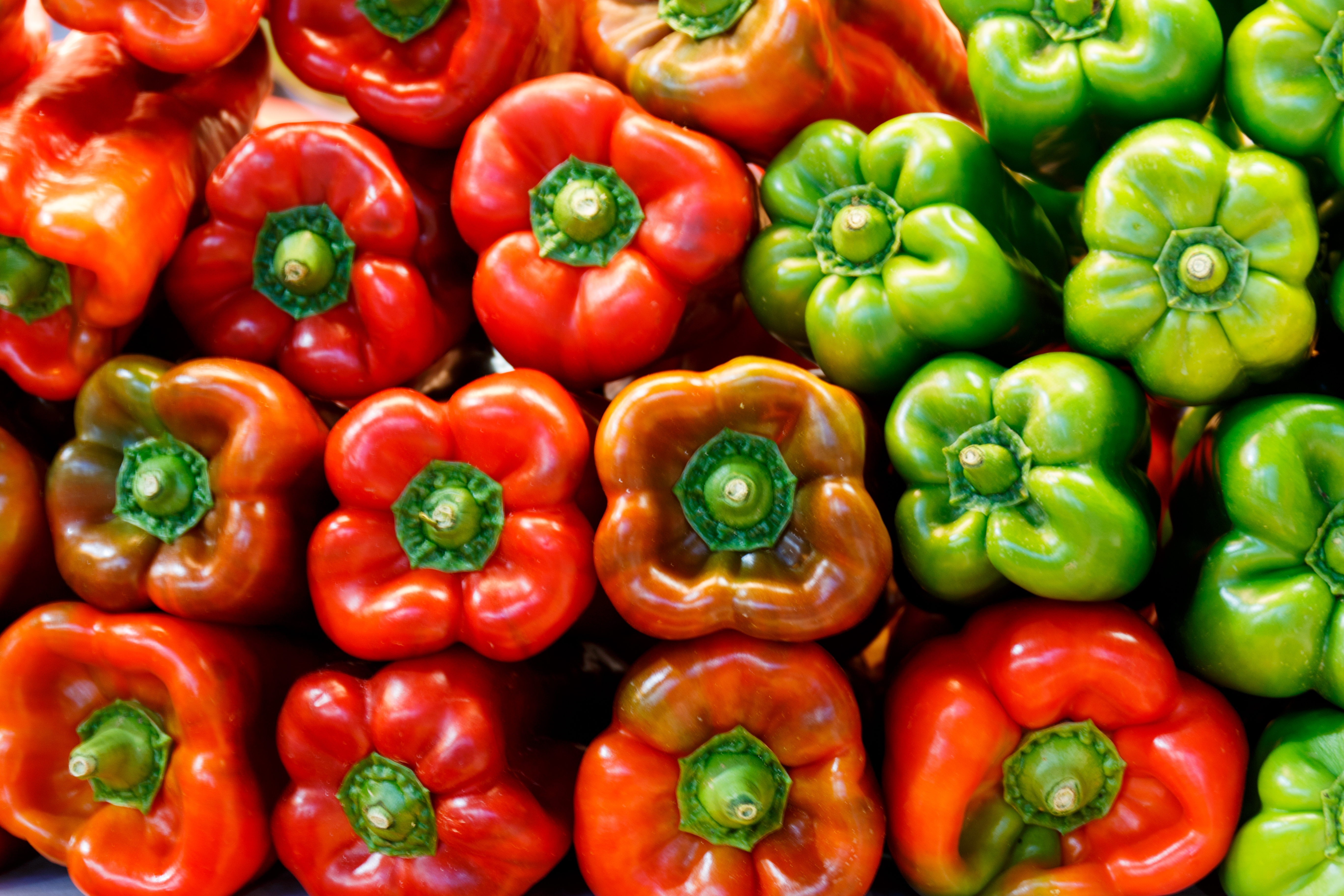
Bell peppers and hot peppers, with their vibrant colors and crisp textures, are popular in cuisines worldwide. Unfortunately, they are also among the vegetables with the highest pesticide residues. Their thin skins and susceptibility to pests like thrips and spider mites necessitate frequent pesticide applications. Residues of chemicals such as acephate and chlorpyrifos, both linked to neurological effects, have been detected on peppers. To mitigate risks, consumers should wash peppers thoroughly and consider buying organic, especially for children, who are more vulnerable to pesticide exposure due to their developing bodies.
4. Celery: A Crunchy Stalk with a Chemical Shadow
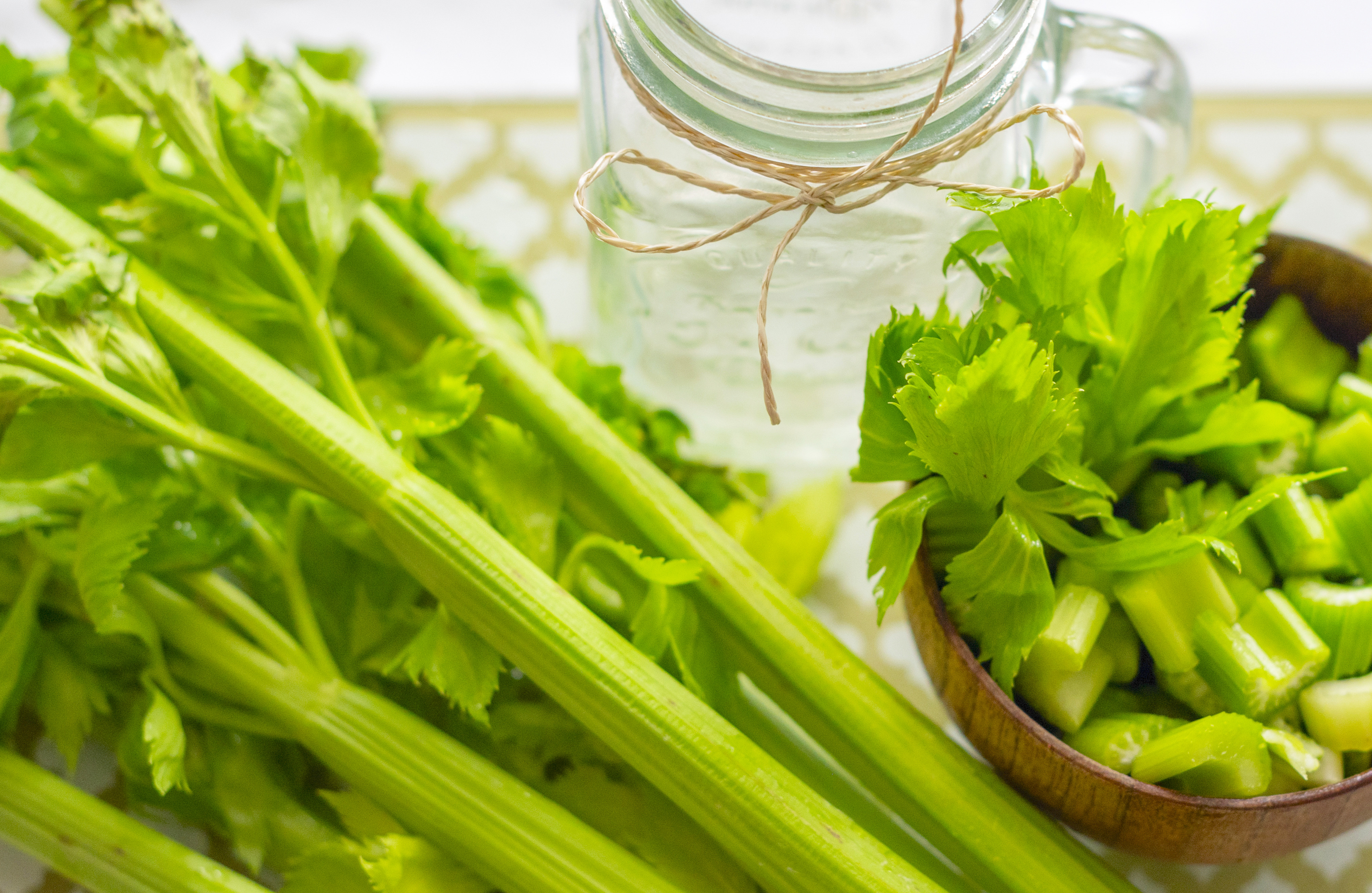
Celery, a staple in salads and snacks, is another vegetable often found on the Dirty Dozen list. Its long, fibrous stalks provide ample surface area for pesticide residues to cling to, and its cultivation in moist environments makes it a target for fungal diseases and pests. Residues of pesticides like chlorothalonil, a fungicide, have been found on celery. While its low-calorie content and high water percentage make it a diet-friendly choice, consumers should be aware of the potential chemical load. Rinsing celery thoroughly and peeling the outer layers can help reduce pesticide residues.
5. Tomatoes: Juicy but Jeopardized
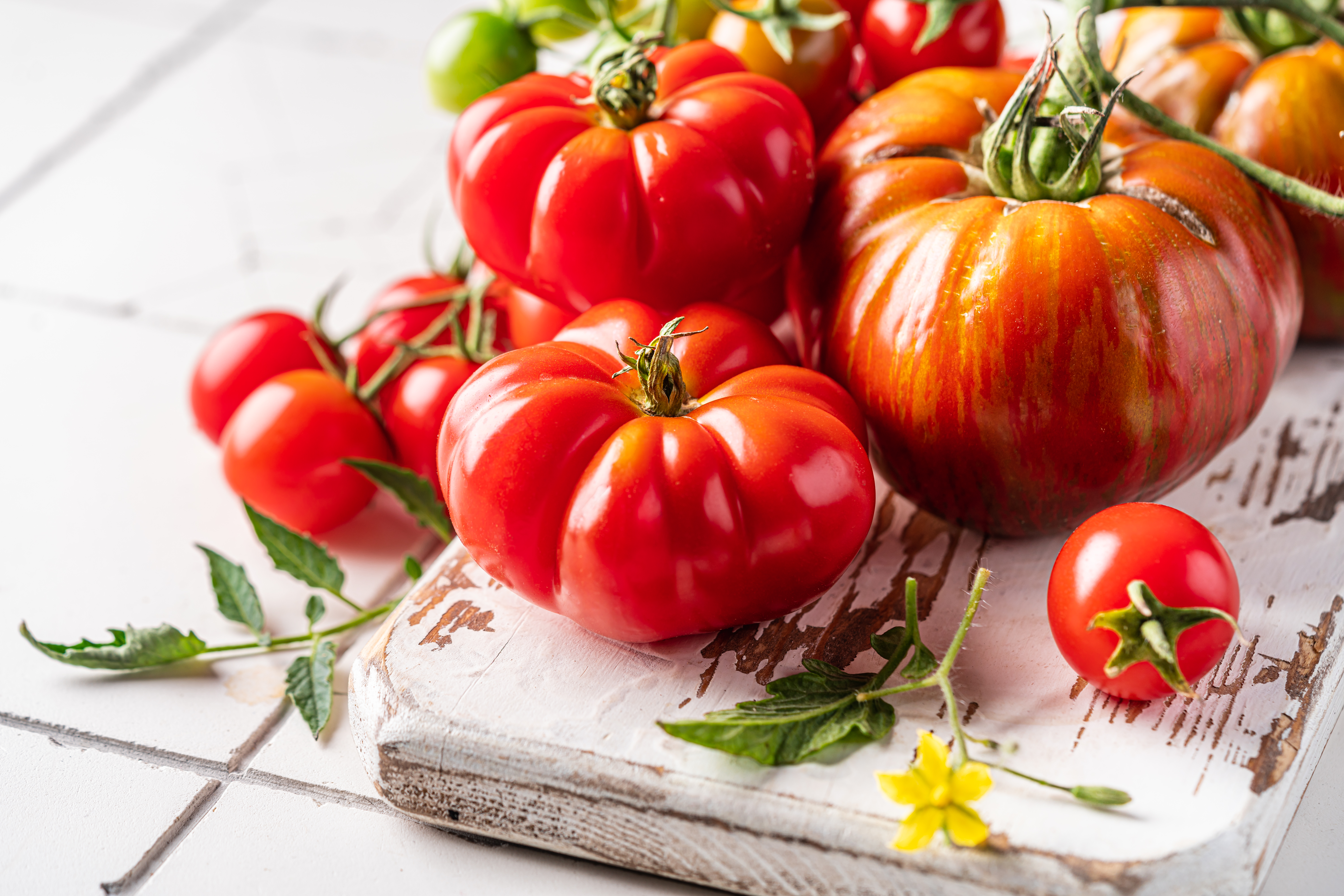
Tomatoes, a versatile fruit often used as a vegetable, are beloved for their juicy flavor and nutritional value. However, they are also frequently subjected to pesticide treatments to combat pests like whiteflies and hornworms. The thin skin of tomatoes allows pesticides to penetrate easily, resulting in residues of chemicals such as methamidophos and endosulfan, both of which have been associated with health risks. To enjoy tomatoes safely, consumers can choose organic options, grow their own, or purchase from local farmers who use minimal pesticides, ensuring a balance between taste and health.
6. Potatoes: Staple with a Pesticide Problem
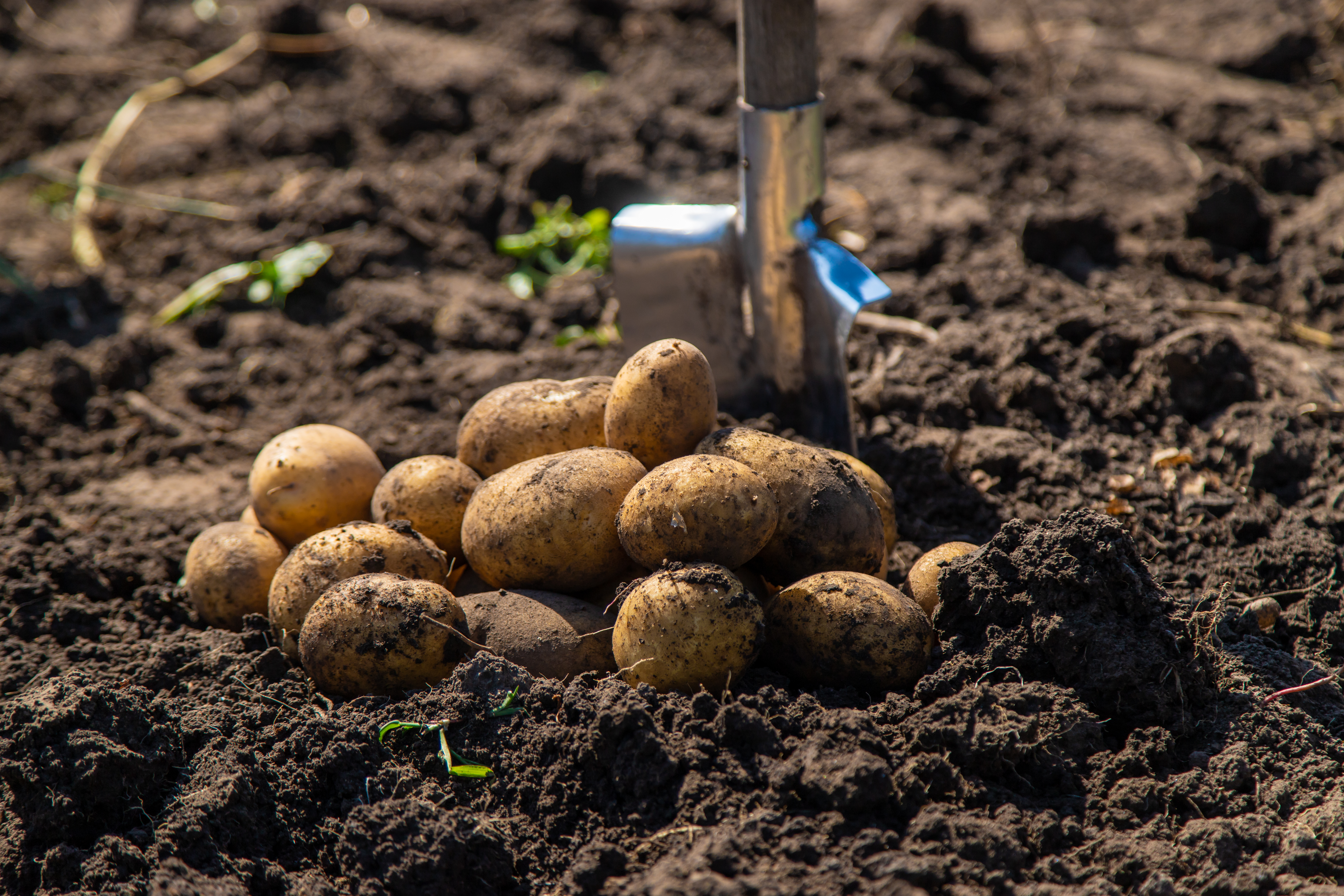
Potatoes, a dietary staple worldwide, are often treated with pesticides both during growth and post-harvest to prevent sprouting. This dual application increases the likelihood of residue presence. Chemicals such as chlorpropham, used to inhibit sprouting, have been detected on potatoes. While their carbohydrate content and versatility make them a kitchen essential, consumers should be mindful of potential residues. Peeling potatoes and cooking them thoroughly can help reduce pesticide levels, allowing individuals to enjoy this staple without compromising on safety.
7. Grapes: Sweet but Susceptible
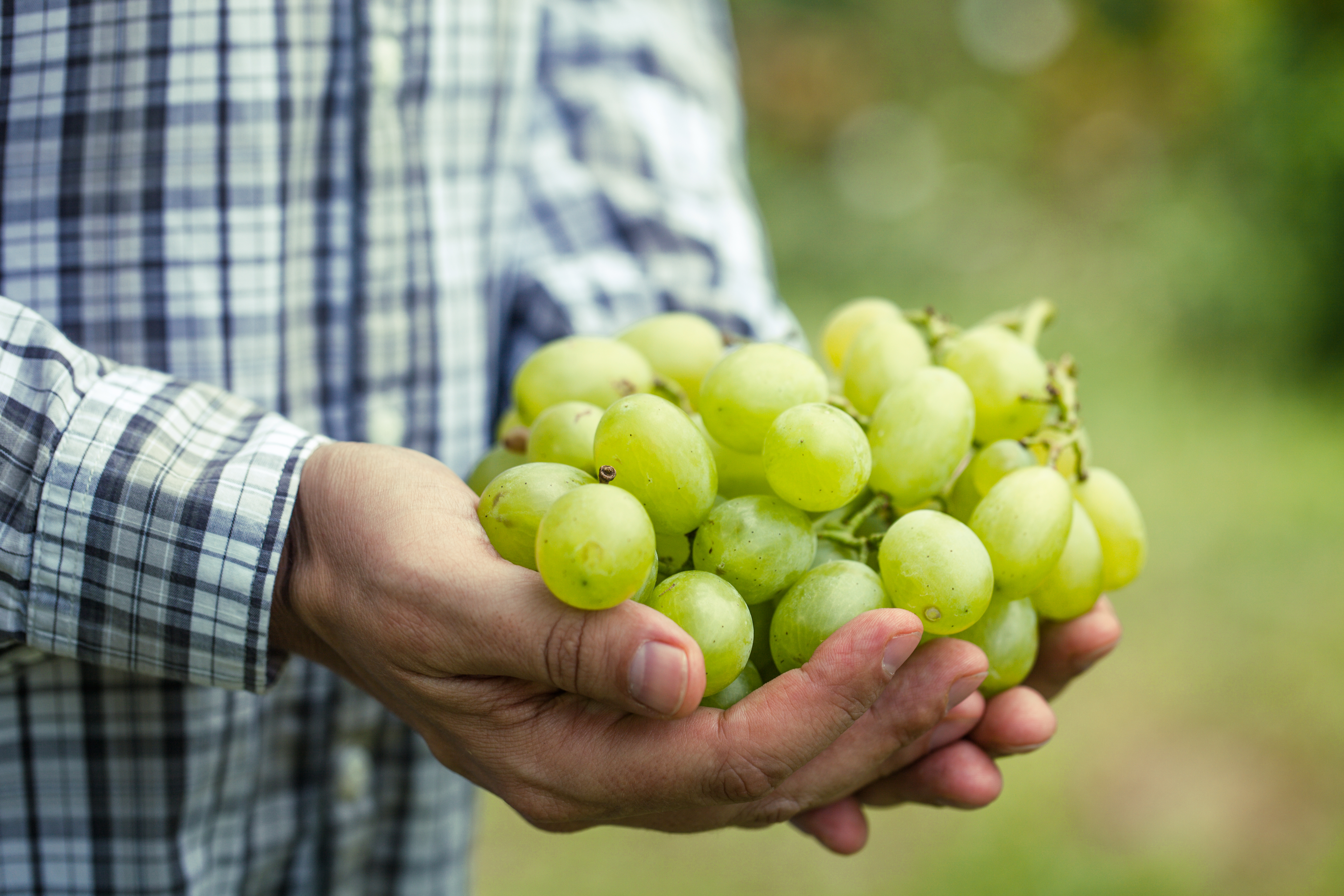
Grapes, whether consumed fresh or as raisins, are a popular fruit that often harbors pesticide residues. Their thin skins and susceptibility to pests like grape berry moths and powdery mildew result in frequent pesticide use. Residues of chemicals such as imidacloprid and methomyl, both linked to environmental and health concerns, have been found on grapes. To minimize exposure, consumers can opt for organic grapes, wash them thoroughly, or enjoy them in moderation, balancing their sweet taste with potential pesticide risks.
8. Apples: An Orchard’s Dilemma
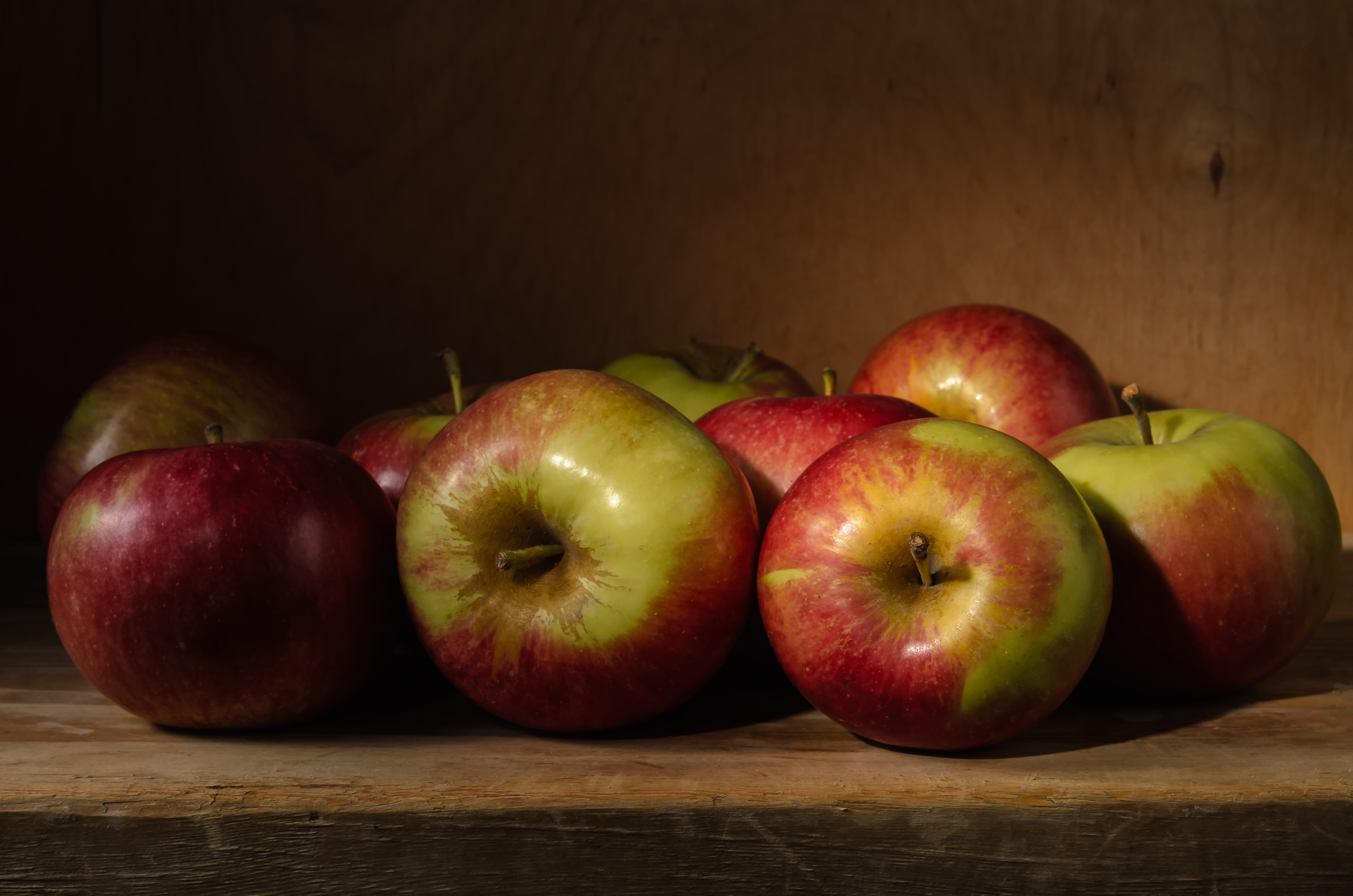
Apples, a symbol of health and vitality, are ironically among the most pesticide-laden fruits. Their popularity and susceptibility to pests like codling moths and apple scab lead to extensive pesticide use. Residues of chemicals such as diphenylamine, used to prevent browning, are commonly found on apples. Despite their nutritional benefits, including fiber and vitamin C, consumers should be cautious. Washing apples thoroughly and peeling them can help reduce pesticide residues, ensuring that this iconic fruit remains a healthy choice.
9. Cucumbers: Cool but Contaminated
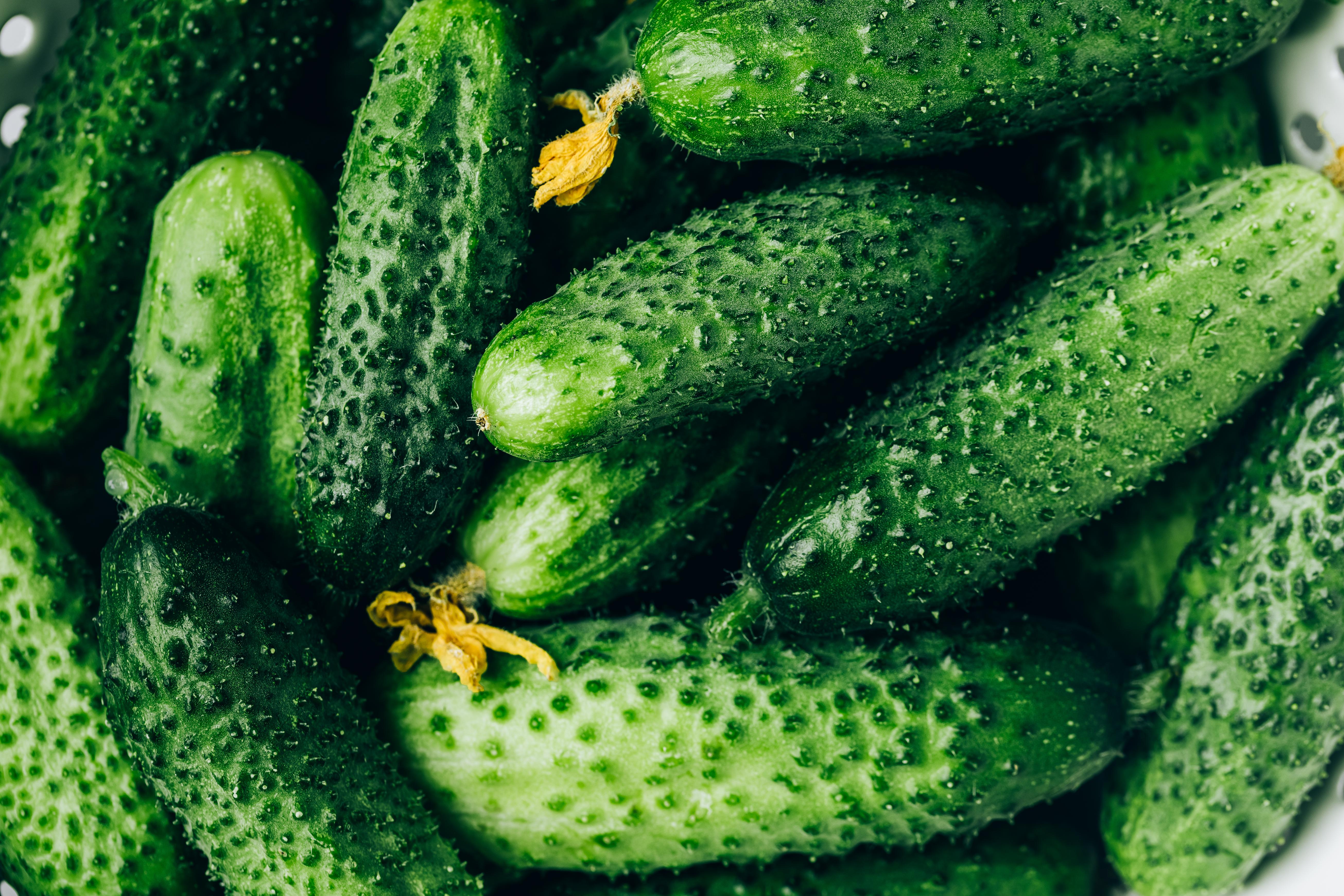
Cucumbers, known for their refreshing taste and hydrating properties, often carry pesticide residues. Their thin skins and high water content make them vulnerable to pests like cucumber beetles, leading to pesticide applications. Residues of chemicals such as imidacloprid, a neonicotinoid linked to bee population declines, have been detected on cucumbers. To enjoy cucumbers safely, consumers can opt for organic varieties, peel the skin, or grow their own, ensuring a cool and crisp addition to their diet without the chemical concerns.
10. Strawberries: Sweet Treats with a Sour Side
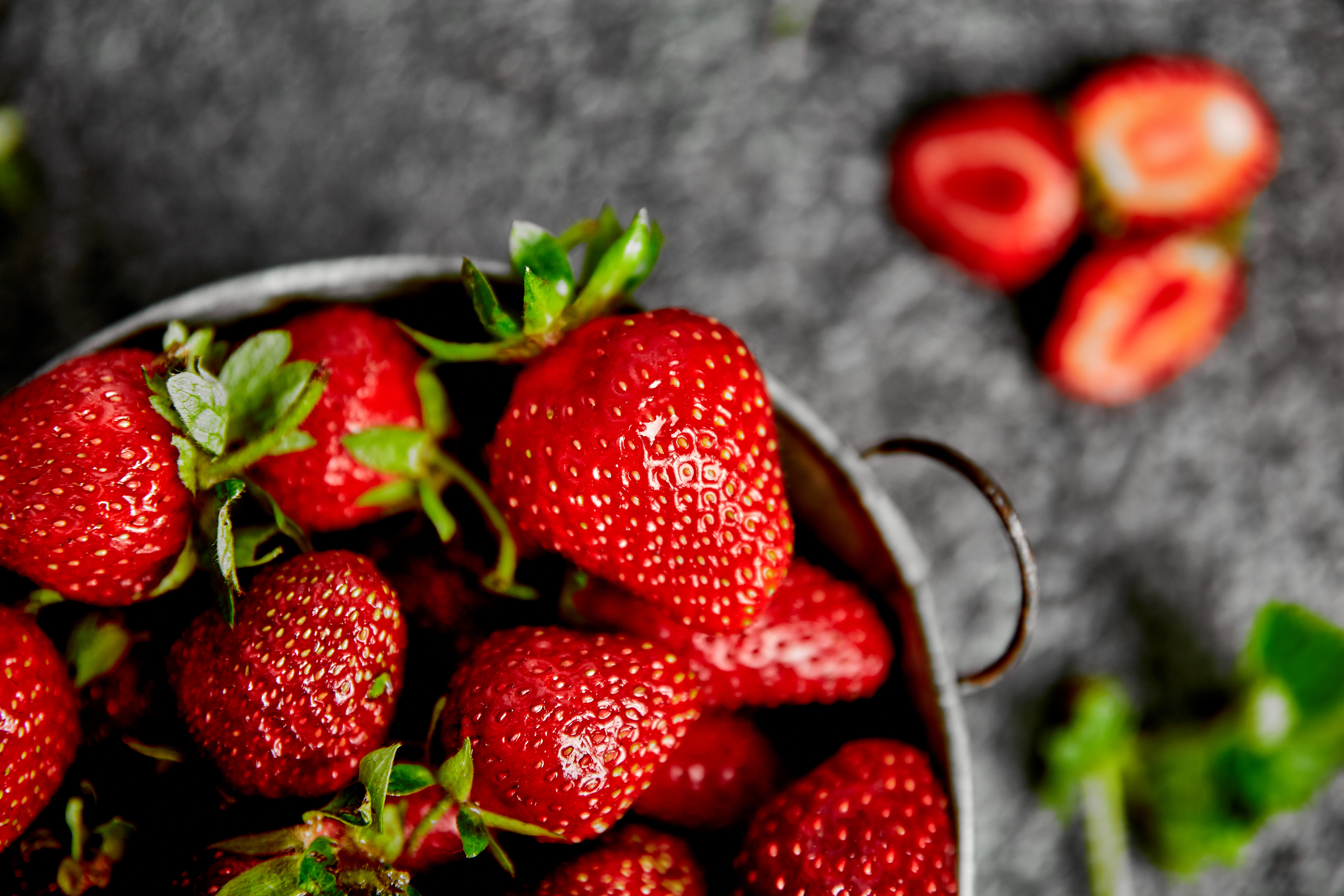
Strawberries, cherished for their sweetness and vibrant color, are frequently found at the top of the Dirty Dozen list. Their delicate nature and susceptibility to pests and diseases result in heavy pesticide use. Residues of chemicals such as captan and malathion, both associated with health risks, have been found on strawberries. Despite their antioxidant properties and vitamin C content, consumers should be aware of potential residues. Choosing organic strawberries or washing them thoroughly can help reduce exposure, allowing individuals to savor this sweet treat safely.
11. Lettuce: Salad Staple with Surprises
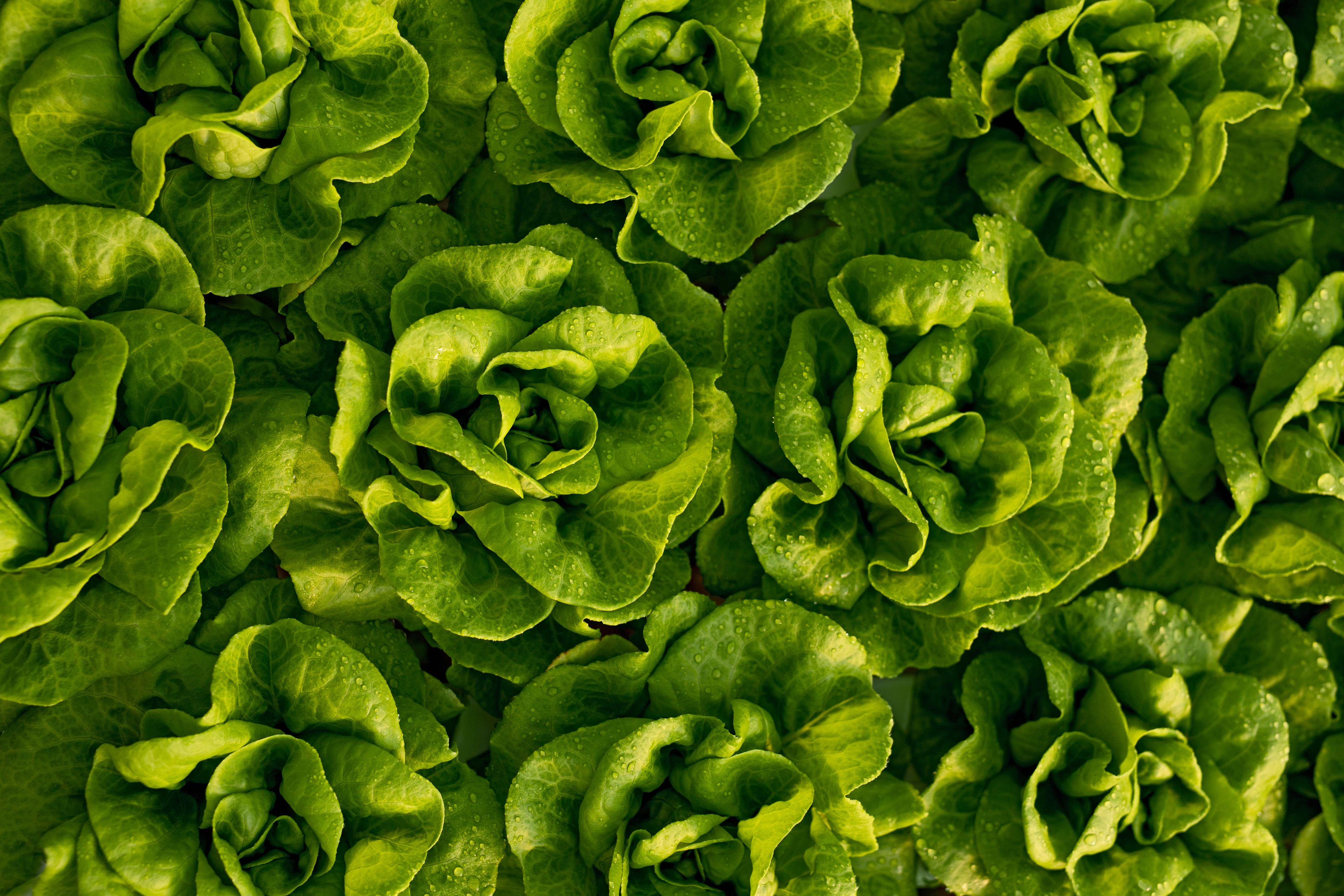
Lettuce, a foundation of many salads, often harbors pesticide residues due to its large surface area and susceptibility to pests like aphids and caterpillars. Chemicals such as imidacloprid and permethrin, both linked to environmental and health concerns, have been detected on lettuce. While its low-calorie content and high vitamin K levels make it a dietary favorite, consumers should be cautious. Washing lettuce leaves thoroughly and opting for organic varieties can help reduce pesticide levels, ensuring that salads remain a healthy choice.
Balancing Health and Safety
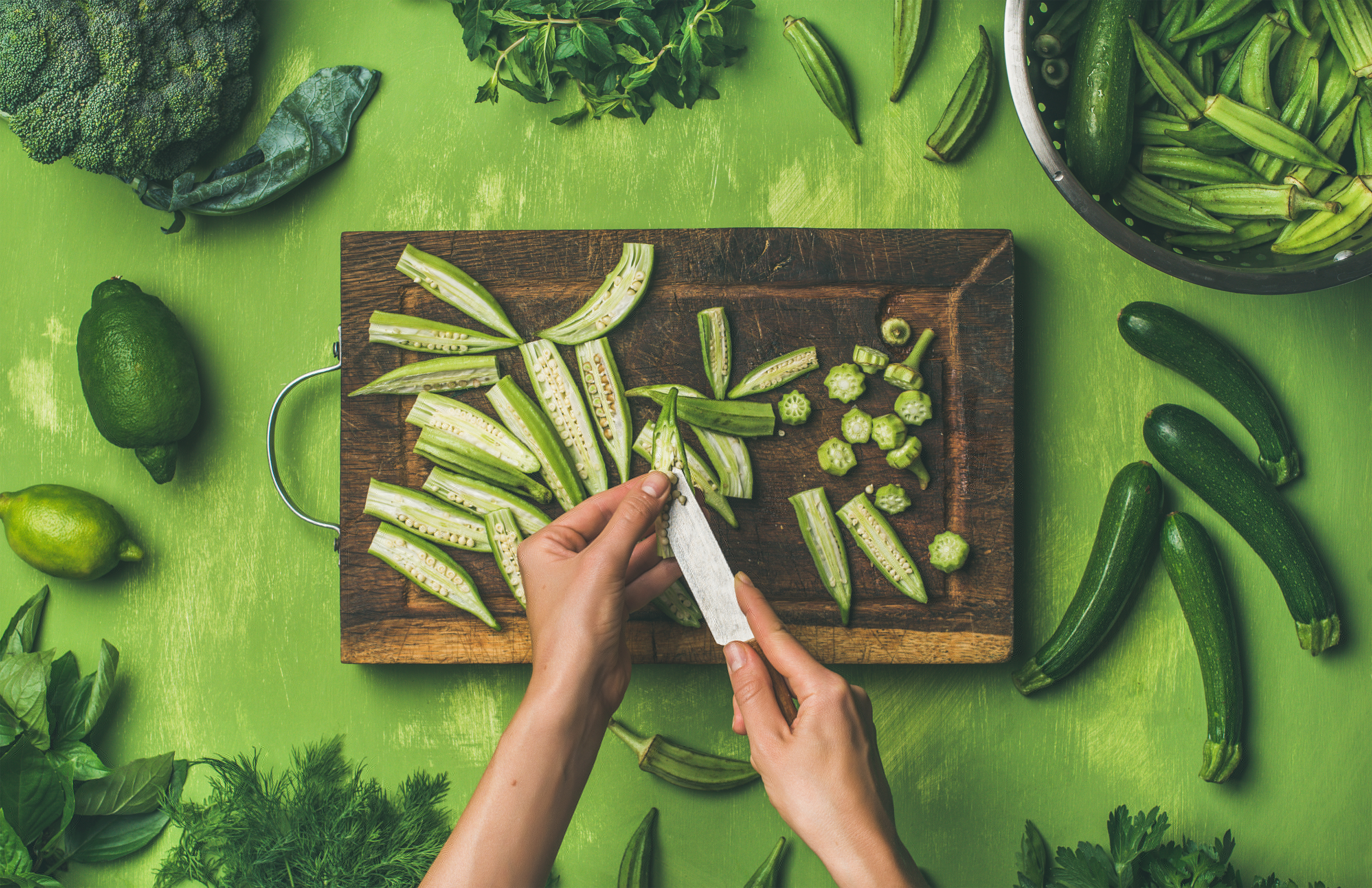
Navigating the world of fruits and vegetables in the context of pesticide residues requires a delicate balance between health benefits and safety concerns. While the presence of pesticides is a reality in modern agriculture, informed choices and proactive measures can mitigate risks. By understanding which vegetables are most affected and adopting strategies to reduce exposure, consumers can continue to enjoy the nutritional bounty of these everyday staples. Ultimately, awareness and action are key to ensuring that our diets remain both nourishing and safe.